Apr 20, 2024
Apr 20, 2024
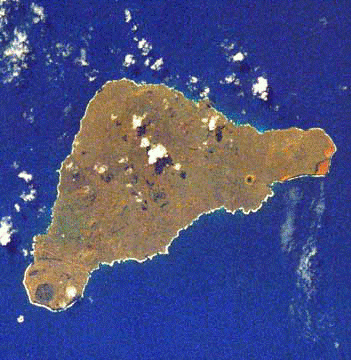 Long ago, on a tiny island located in the most remote location of the Pacific and perhaps the world, a people migrated who brought with them scrolls of a mysterious hieroglyphics. This sounds like the beginning of a science fiction adventure, but it is a reality and riddle integral to human history. Their original migrating chief’s name was Hotu Matua and their island, Te Pito te Henua, the End of the Earth. Admiral Roggeveen and his crew introduced the island, today’s Rapa Nui, to colonial Europe on Easter Sunday, April 5th, 1721 and so they called it Easter Island.
Long ago, on a tiny island located in the most remote location of the Pacific and perhaps the world, a people migrated who brought with them scrolls of a mysterious hieroglyphics. This sounds like the beginning of a science fiction adventure, but it is a reality and riddle integral to human history. Their original migrating chief’s name was Hotu Matua and their island, Te Pito te Henua, the End of the Earth. Admiral Roggeveen and his crew introduced the island, today’s Rapa Nui, to colonial Europe on Easter Sunday, April 5th, 1721 and so they called it Easter Island.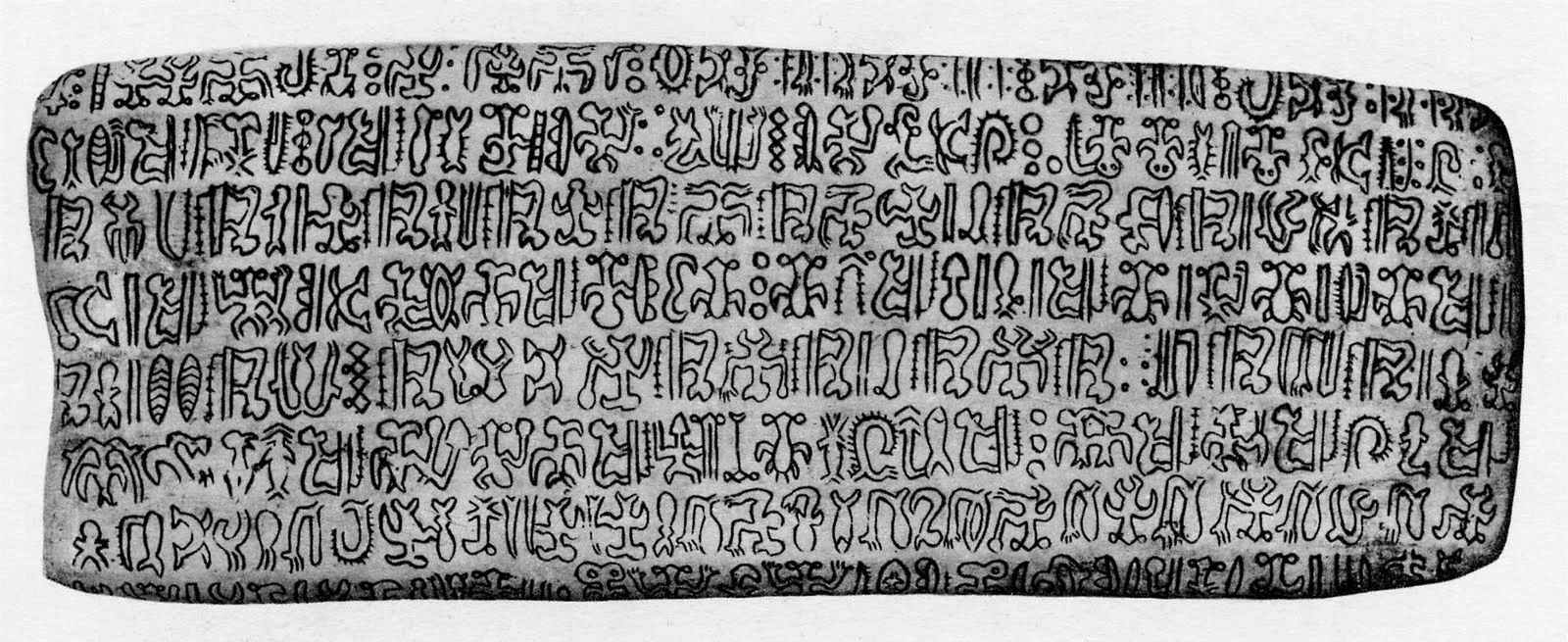
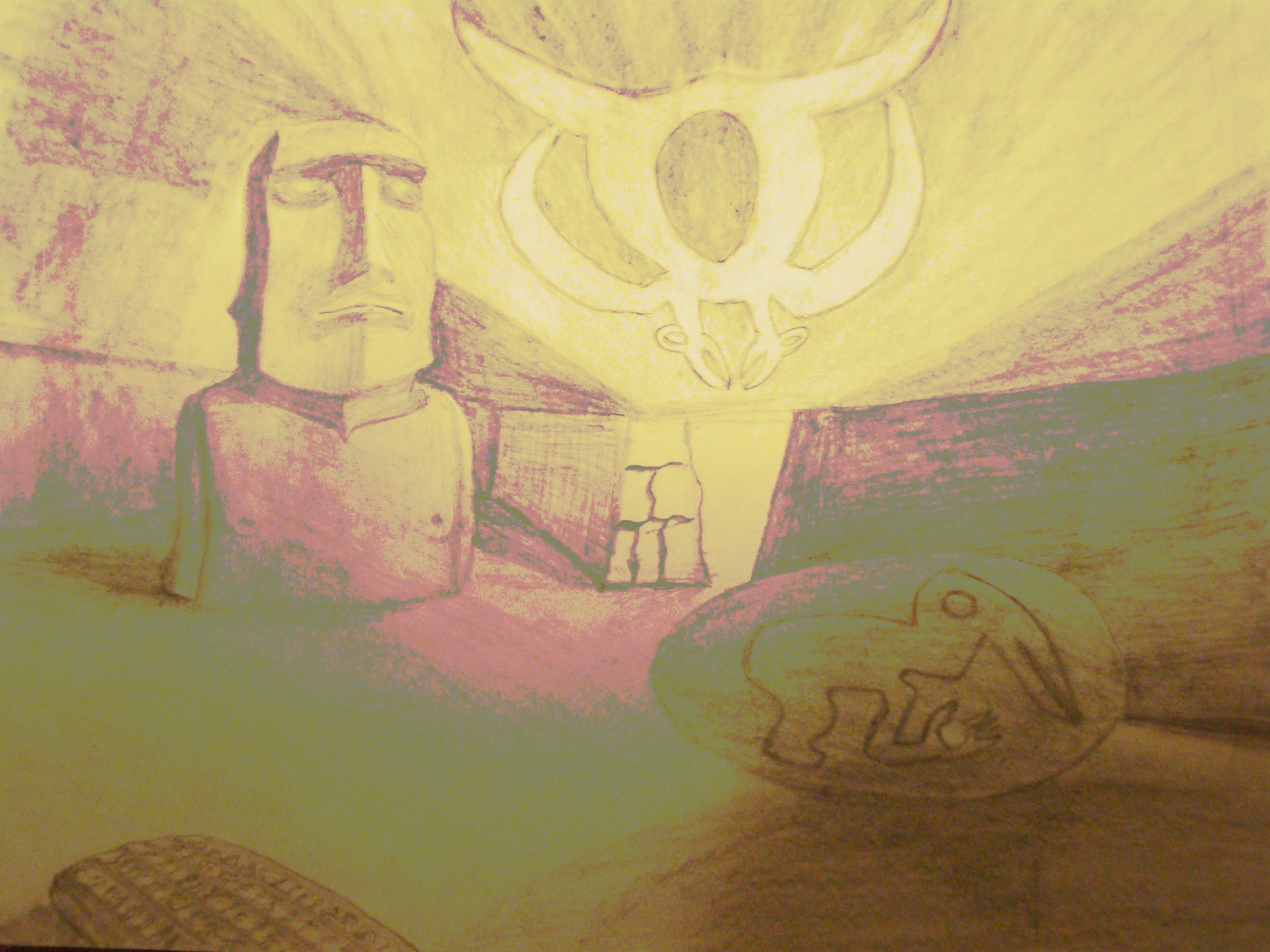
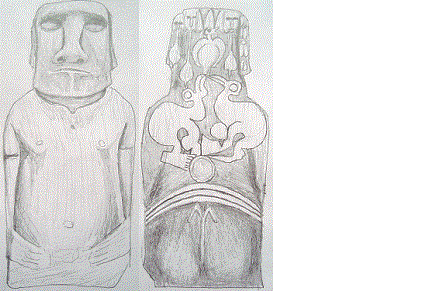
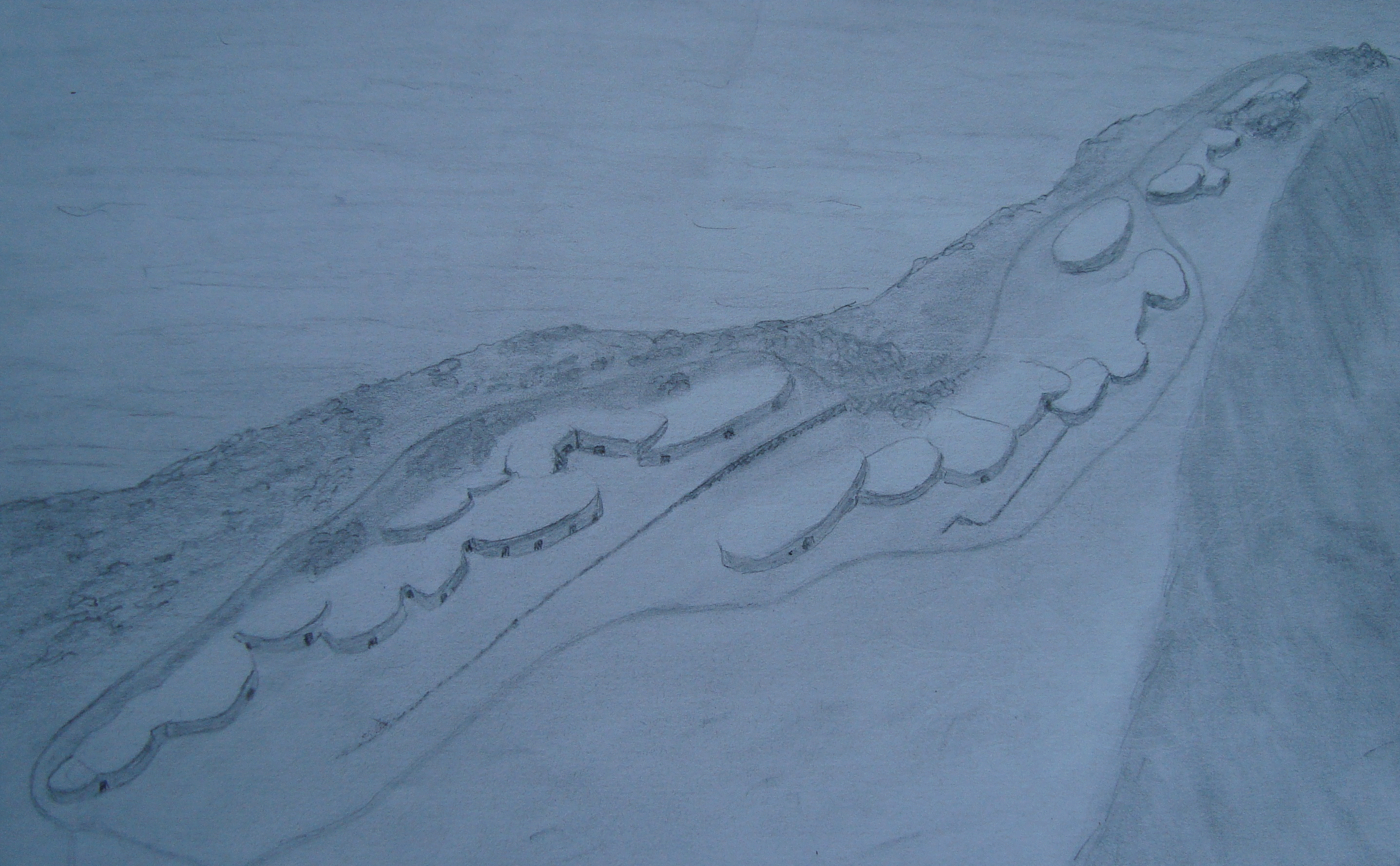
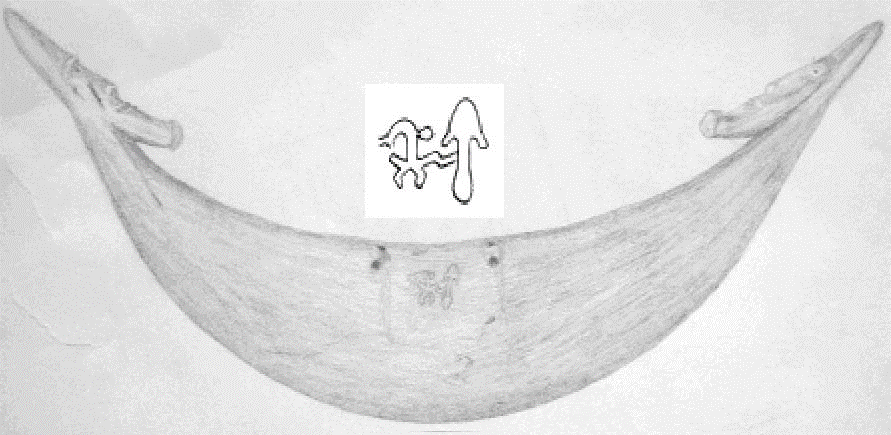
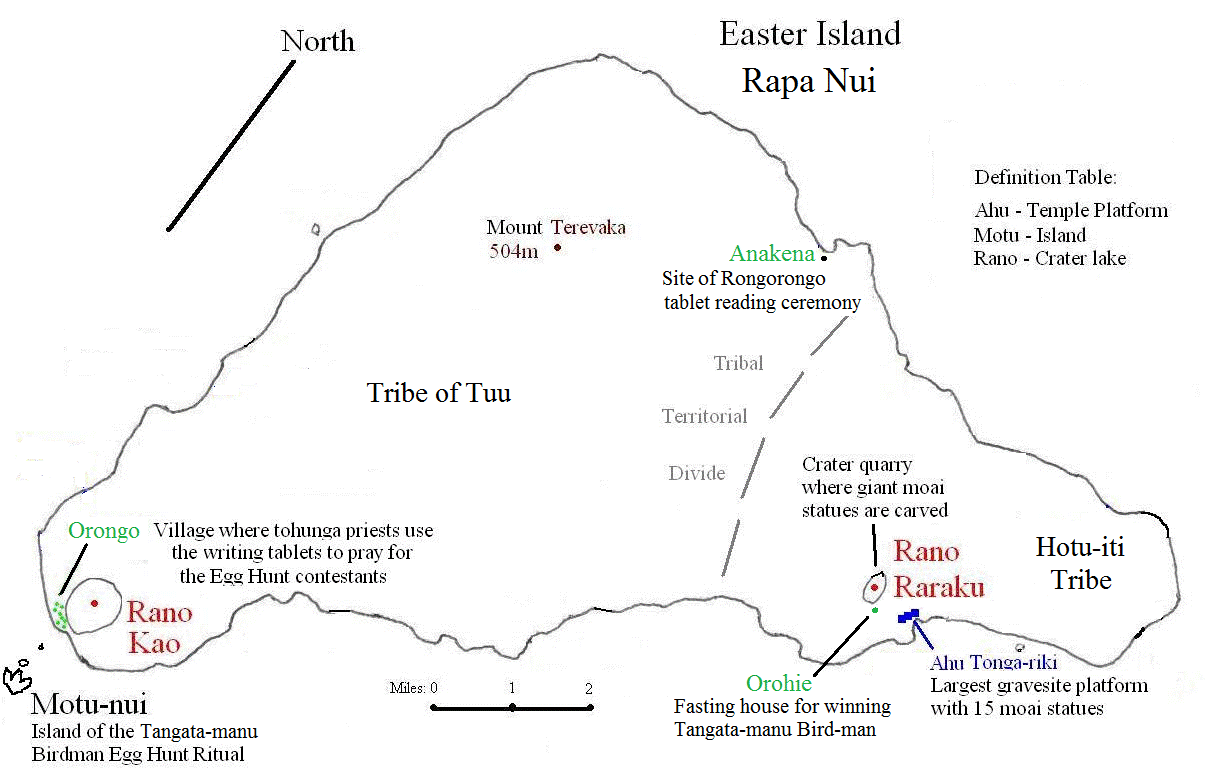
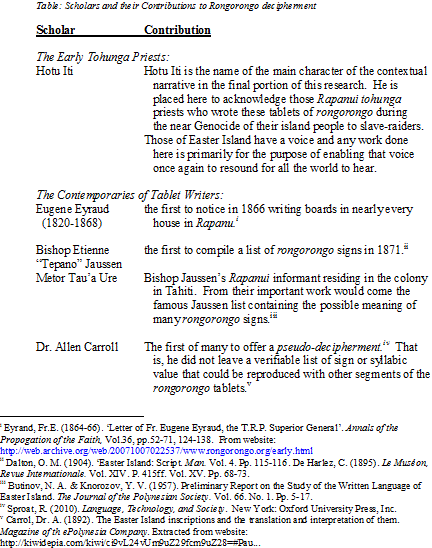
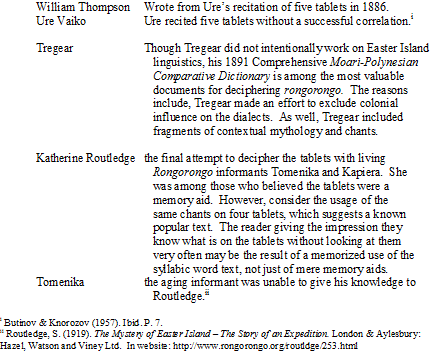
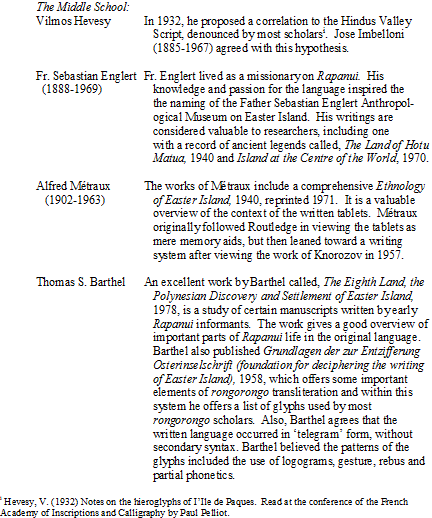
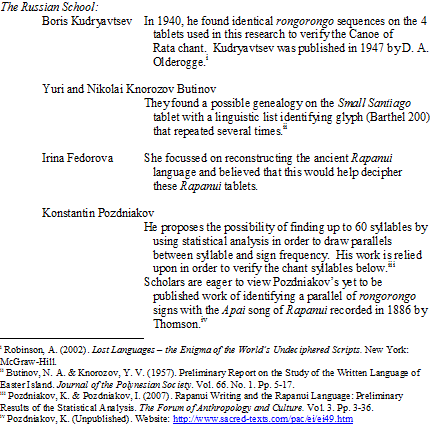
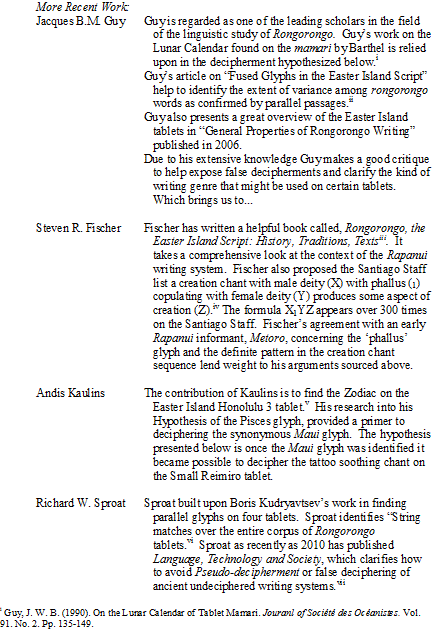
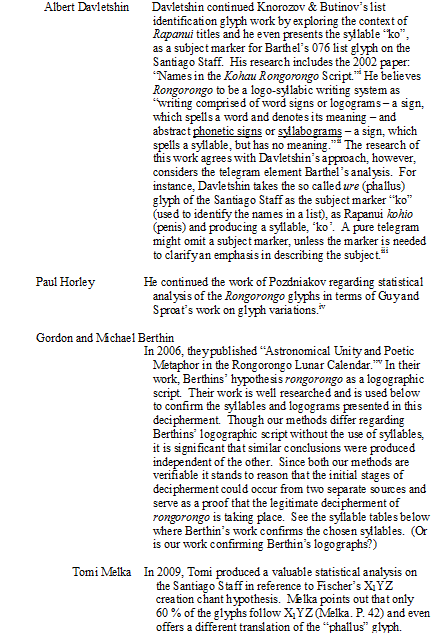
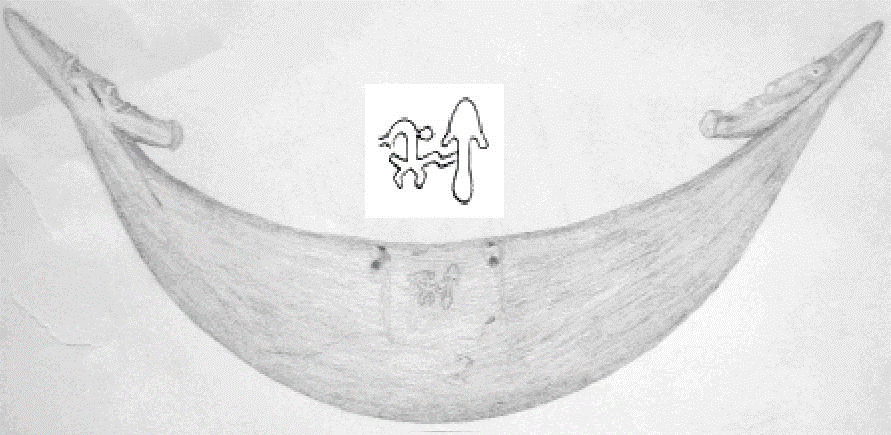
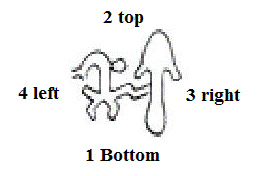
16-Jun-2013
More by : Anonymousfor JoshuaMessiah

|
Easter island was supposed to be on the then equator, once upon a time. It was then that Tiahuanaco and the Gate of the Sun too were on the equator. It was during that times there was great global war between Sura and Asura clans. The Gate of the Sun demarcated the EAST for the world. All the lands on the west of it belonged to the Deva and Manava clans. All that was on the other side of it rather the main South America was left to Rakshasa/ Danava clans. Andes was known in Ramayan times as Udaya+Adri = Mts where the Sun rises. The Tri tala vriksha mark at Bay of Paracas is now known as Tree of life. Valmiki wrote in Ramayan. Easter Island is antipodal to Mohanjodaro, hence that also was at that time on the equator. From that angle I was referring to Easter Island.More to read. Both the scripts remained hard to decode. Is it possible to find some common denominators in both? I suggest this because your name has Prajapati in it. |

|
Rongorongo ist entzifferbar, wenn man bereit ist, sich von der haltlosen Theorie einer Schrift zu lösen. ''Thinking outside the box'', die bisherigen Ansätze waren ausnahmslos der falsche Weg. Es gibt aber einen Ansatz, der zumindest die Zeichen sinnvoll erklären kann. rongorongo-script.de |

|
Very informative article indeed! |